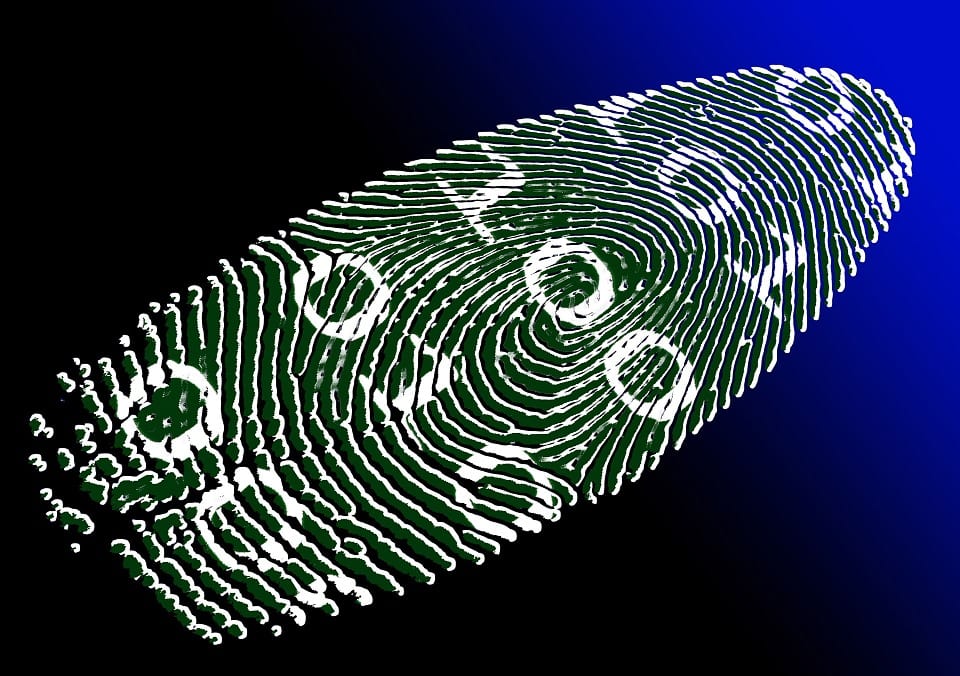Blockchain Challenges: 5 Hurdles to Beat in the Blockchain Revolution
By: Ciopages Staff Writer
Updated on: Feb 25, 2023

Blockchain technology ushers in a verifiable way to permanently record independent transactions by using a decentralized ledger powered by a global network of devices open to all.
Its encryption establishes trust and cuts out the need for intermediary institutions to verify the validity of these transactions between unrelated entities. Transactions are also speedy because they are updated in a matter of minutes after completion. This means no delays for payment, such as waiting for a direct deposit to go through a clearinghouse.
Enterprises can now simplify business processes by using blockchain technology to establish accountability, trust, and transparency. However, several common obstacles exist that can slow down its adoption. Discover five barriers to the blockchain revolution, including legacy infrastructures, governance, onboarding and ramp up time, regulatory compliance and identification and authentication.
| Five Block Chain Challenges: |
|---|
| 1. Legacy Infrastructures |
| 2. Governance |
| 3. Onboarding and Ramp up Time |
| 4. Regulatory Compliance |
| 5. Identification and Authentication |
Five Blockchain Challenges:
Legacy Infrastructures
Old systems can get in the way of new technology, and an enterprise’s legacy infrastructure can often become a blockade to innovation. The architecture of the enterprise may not be compatible with the blockchain technology, and this may be an obstacle for businesses that have spent thousands or even millions on their infrastructures. One way technology leaders can get around this obstacle is to create an integration method that works with existing systems. Additionally, more opportunities will become apparent for connecting disparities between blockchain technology and legacy infrastructures as time progresses, and the technology develops.
Governance
Governance is a major impediment to the adoption of blockchain technology because there is no solid accountability for responsible parties should something go wrong with the transactions. Even though hackers would have a more cumbersome time trying to infiltrate a network based on blockchain technology than current systems doesn’t mean they won’t try. There is currently no centralized governing entity over blockchains as there are with the internet, which leaves legal liability and control up in the air. However, this can change the more popular the technology gets. It will be vital to monitor trends in the public sector and establish internal governance guidelines.
Onboarding and Ramp Up Time
The time it takes to switch systems, learn new information and be productive can play an important role in the endorsement of blockchain technology. Additionally, making sure new hires understand the technology well enough to reach their full potential is also an important factor to consider, as they can quickly become yet another obstacle if it takes too long for them to learn.
Although the concept of the blockchain is simple, the technology behind it is actually complex. Putting decentralized ledgers based on cryptography into action is not an inherent skill for IT workers. That is why it will take time for all of your IT employees to be productive. Knowing the time it will take to educate employees and become productive can help set the right expectations for everyone in the process. This can involve pairing experienced employees with non-experienced employees in order to reduce onboarding times.
Regulatory Compliance
Sometimes, resources are focused on complying with internal and external regulations. Additionally, switching to blockchain technology systems will require passing regulations to justify and acquire funding for the switch. Moreover, every enterprise issue cannot be resolved with one blockchain. Public blockchains are more widely used currently, but allowing anyone to get access to a company’s transactional history can deter executives from adopting the technology. Therefore, it is vital that you seek and find the right form of blockchain technology that meets enterprise needs and compliance goals. As a technology leader, you want to educate other executive leaders and staff that may be reluctant to adopt blockchain technology to the option of private blockchains, which are similar to a company’s intranet. Demonstrating how blockchain technology can work with existing regulations and contracts can help drive its adoption.
Identification and Authentication

Although blockchain technology can have several benefits, such as being a trusted verification source that is nearly impossible to manipulate or impersonate, it still does not provide indisputable proof of true identity and authentication. The issue is that blockchain technology lacks real identities. For instance, it’s possible for you to not have the real name of the person who has the password or security code to authenticate a transaction.
There is still room for improvement to prove identity on a digital format since people can use fake profiles and fake names. Even fingerprints can be a problem if they are not matched to the correct identity.
| Did you know? |
|---|
| Reputed investment bank Morgan Stanley lists 10 Key Hurdles to make Blockchain a reality in financial services. |
Without solving the issue of identification, it is difficult to solve the issue of authentication, since this is essentially just proof that the authenticator has the correct code or password for access. This is also a critical issue to resolve since authentication is one of the foundations of blockchain technology. It will be important for CIOs and technology leaders to examine the sources used in the identification and
Final Thoughts
CIOs and technology leaders have the opportunity to transform their business processes with the help of blockchain technology. However, if factors such as legacy infrastructures and long onboarding and ramp up times continue to exist, then adoption of this trusted and innovative technology will be hindered. Therefore, it is critical to be aware of the hurdles to blockchain technology adoption and to devise strategies to overcome them.
Do you know of other Blockchain challenges and problems? If so, please share how you resolved those blockchain challenges and issues?